Recording the Oral Tradition
(The notes are widely regarded to be written representations of oral traditions of the time, though we can’t be certain of the degree to which the Masoretes were recording tradition versus trying to create policy.)
At the right is a (slightly digitally enhanced) section of the Leningrad Codex from almost exactly 1,000 years ago. It shows the beginning of Lamentations 4. I’ve used blue shading to highlight the word for tanin (“sea monster”) in the main text, and its correction as tanim (“jackals”) in the margin. Similarly, yellow shading shows ki einim (“because einim”) in the main text, and its correction as kay’einim (“like ostriches”) in the margin. Details of the main text and the corrections (with, unfortunately, significant digital artifacts) appear below. Click any image to enlarge it.
|
|
||
| Tanim. The nun in the main text is corrected as a mem in the marginal note. |
|
|
||
| Kay’einim The two words in the main text are corrected as one in the marginal note. |


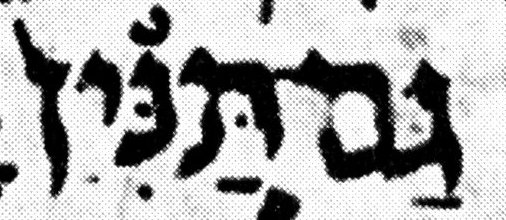
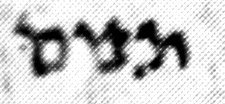
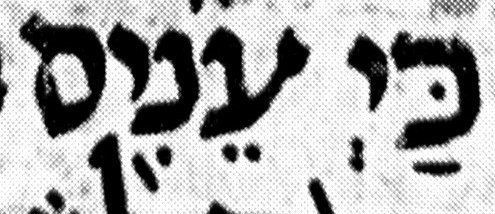
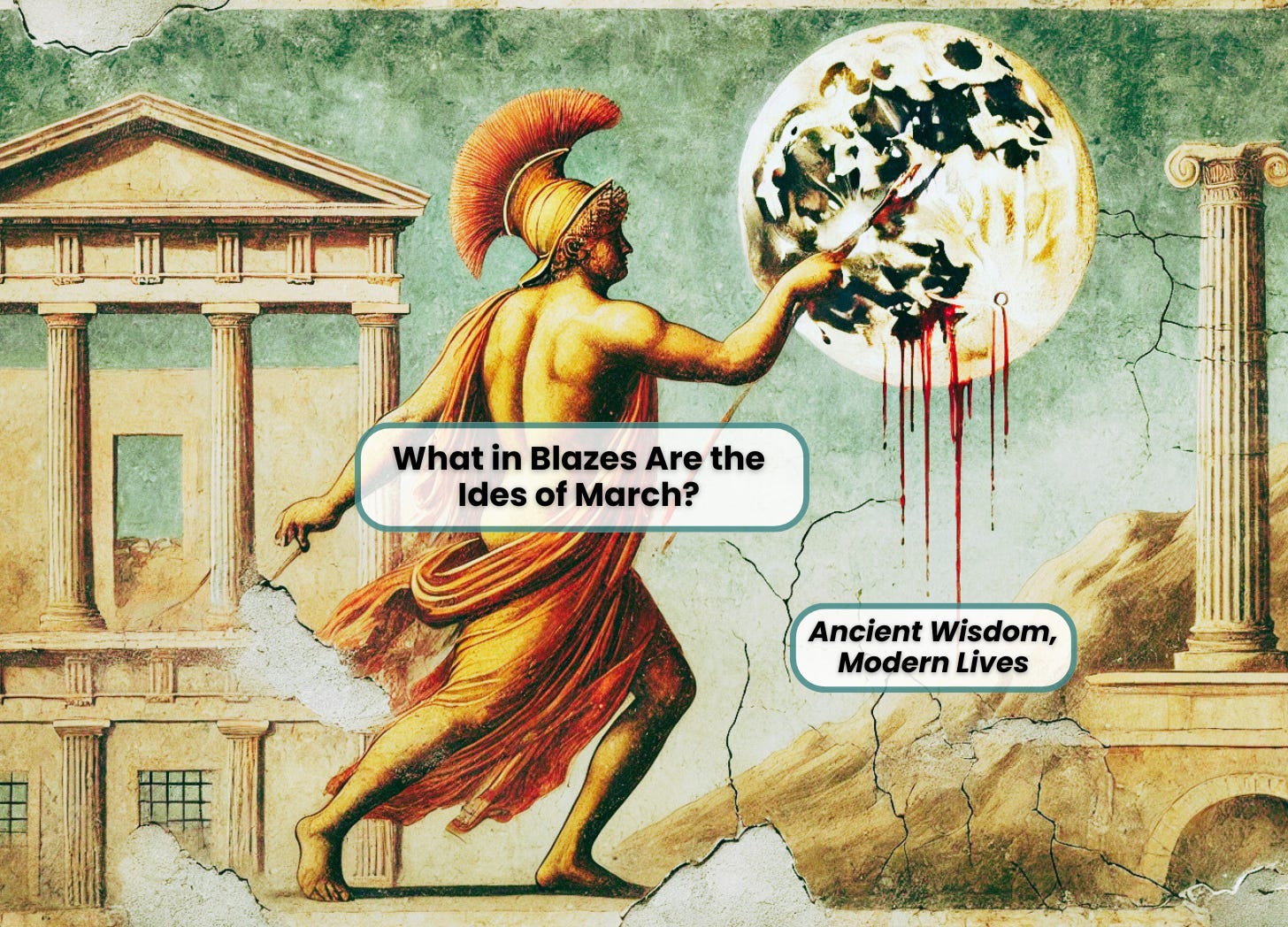


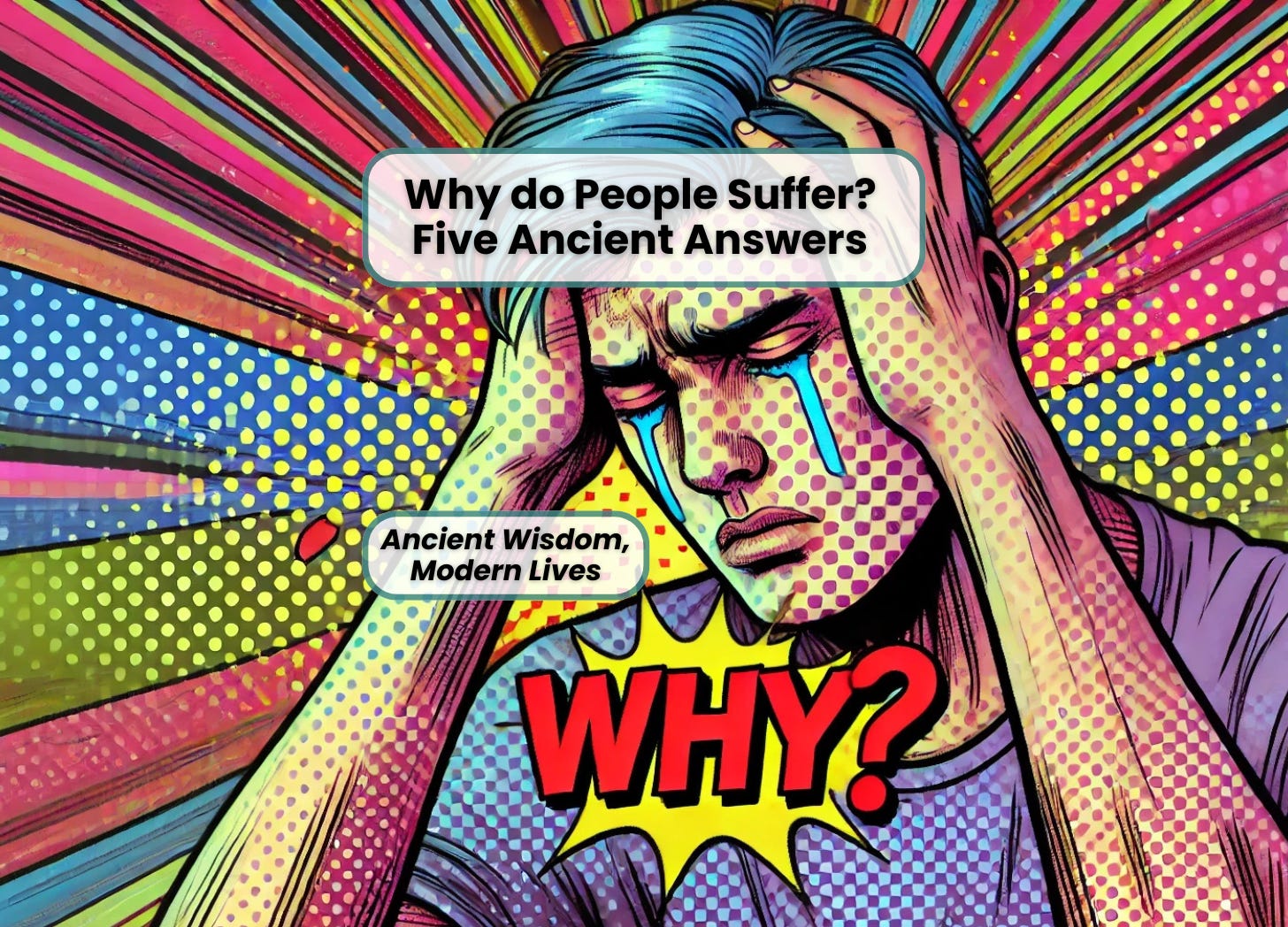

4 Responses
This is very, very, informative. Thanks for posting this.
This is the Jerusalem Publication Society rendering:
3 Even jackals offer the breast,
They nurse their young;
But the daughter of my people has become cruel
Like ostriches in the wilderness.
So should I understand that modern Jews accept the corrected text?
This is the Jerusalem Publication Society rendering:
Do you mean “JPS”? If so, it’s the Jewish Publication Society.
So should I understand that modern Jews accept the corrected text?
Yes. In Jewish communities the corrected (“read”) text is what is read and assumed to be accurate, even though the “written” text is still recorded in Torah scrolls. Some printed Hebrew versions contain both, as a guide to the reader.
Thank you again. It’s a wonderful thing about the internet age that such an obscure question can receive such an erudite answer.
[…] The Greek drakon and the Hebrew tanin have popped up recently on Dr. Claude Mariottini’s blog (here) and, a while back, on my own (here). It’s complicated to compare the Hebrew tanin, the Greek drakon, and the KJV “dragon” and other translations (including “whale”) because there is some disagreement about the original text, as I describe here. […]